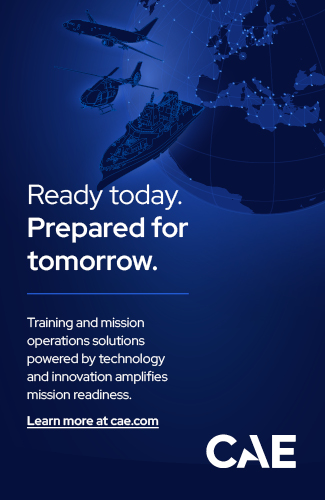From a press release by the naval command in Rostock:
On Wednesday, 19 July at 1.30 p.m., the task force provider (EGV) "Frankfurt am Main" under the command of frigate captain Hanno Weisensee (47) will leave its home port of Wilhelmshaven and head for the north-eastern Mediterranean. In the Aegean, the crew and the ship are expected to work closely with the Turkish and Greek coastguards and the European Coastguard and Border Agency (FRONTEX) as part of the Standing Nato Maritime Group 2 (SNMG 2).
"The 'NATO Support ÄGÄIS' mission is of great importance to us. After an extensive repair phase and the gradual operational training of the crew, we are satisfied that we can once again fulfil our actual mission," says Commander Weisensee. "In the context of this mission, this means that we have the task of contributing to information gathering and situational awareness with regard to migration movements and smuggling activities," he continues.
In addition to the regular crew, additional personnel from various areas are also embarked. The staff and additional medical personnel make up the largest proportion. These also include young officer candidates. The permanent staff will also be supplemented by crew members from the sister ship, the "Bonn". During the course of the mission, Turkish and Greek liaison officers and FRONTEX officials will also board the German warship. They will act as the interface to their organisations and thus speed up the flow of information.
The "Frankfurt am Main" is expected back in Wilhelmshaven in November.
Background information on the support mission in the Aegean Sea
At the initiative of Greece, Turkey and Germany, the NATO defence ministers decided on 10 February 2016 to contribute to European measures against migrant smuggling in the Aegean Sea. To this end, the Standing NATO Maritime Group 2 (SNMG 2) task force was deployed to the Aegean Sea. The task force is deployed in the Aegean Sea between the Turkish and Greek mainland. It currently consists of four to seven ships. The ships operate both on the high seas and, since March 2016, in the territorial waters of both neighbouring states.
NATO is providing support in the Aegean Sea area - the ships have no sovereign powers. It is not their task to stop vessels or take action against smugglers - neither in foreign territorial waters nor on the high seas. Such powers lie with the national coastguards and other competent authorities.
NATO is also helping to improve the exchange of information between the Greek and Turkish coastguards and the European Union Border and Coast Guard Agency Frontex for border and coast guard operations in the Aegean. The ships provide Greek and Turkish authorities with information for a complete picture of the situation in the Aegean and on smuggling activities in the sea area. This is necessary in order to optimise the actions of the national authorities against smugglers and their networks.
After peaking at around 853,000 people crossing the Aegean in 2015, the number initially fell sharply in the following years. In 2019, 83,300 migrants were registered in the Aegean. This figure includes land border crossings. From January to the end of May 2020, around 7,800 border crossings were registered.
Background information on the "Frankfurt am Main" task force provider
At 174 metres, the navy's task force supply vessels are the largest ships in the fleet and displace around 20,000 tonnes. The Berlin-class ships supply task forces at sea with all the necessary resources: fuel, material and ammunition. As multifunctional ships, the task force supply vessels, or EGVs for short, also provide specialised medical capacity and satellite-based communication technology for command and control tasks. With such capabilities, these ships make naval units independent of harbours, as they more than double the endurance at sea, depending on the size of the unit, and do so worldwide.
The transport capacity of the task force provider comprises 230 tonnes of provisions, almost as much ammunition and 9,500 cubic metres of fuel. The more than 1,300 cubic metres of fresh water on board can be constantly replenished in drinking water quality from the sea using special systems. The EGV can deliver these supplies to other ships while underway and on the high seas, even to two ships at the same time.
The hose system, which the Berlin-Class carries on the large bow-like device, is used to transfer liquid goods. Equally striking are the two huge cranes on the upper deck. Their lifting capacity allows the supply ship to load containers independently, for example. Another plus: Last but not least, a stowage concept with separation of recyclable materials offers environmentally friendly waste disposal.










